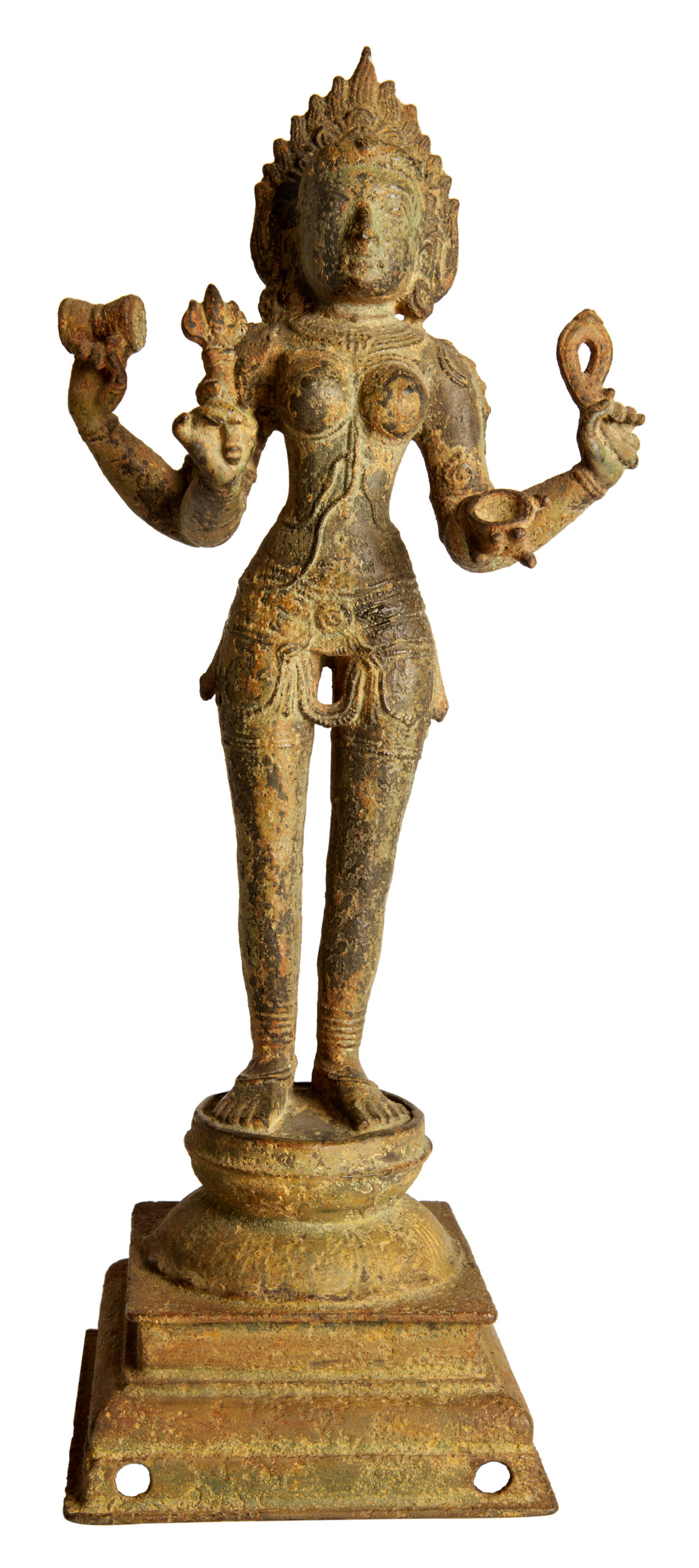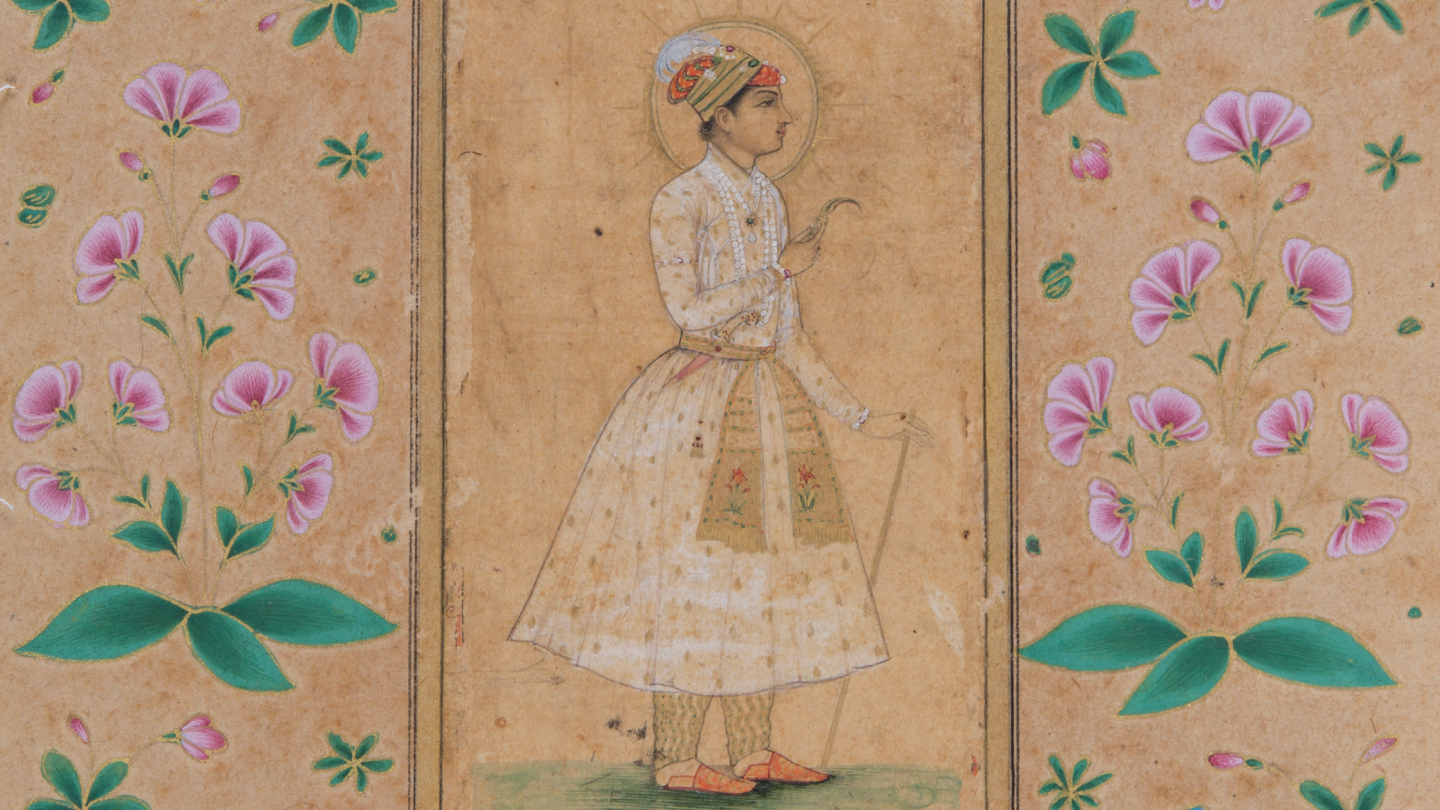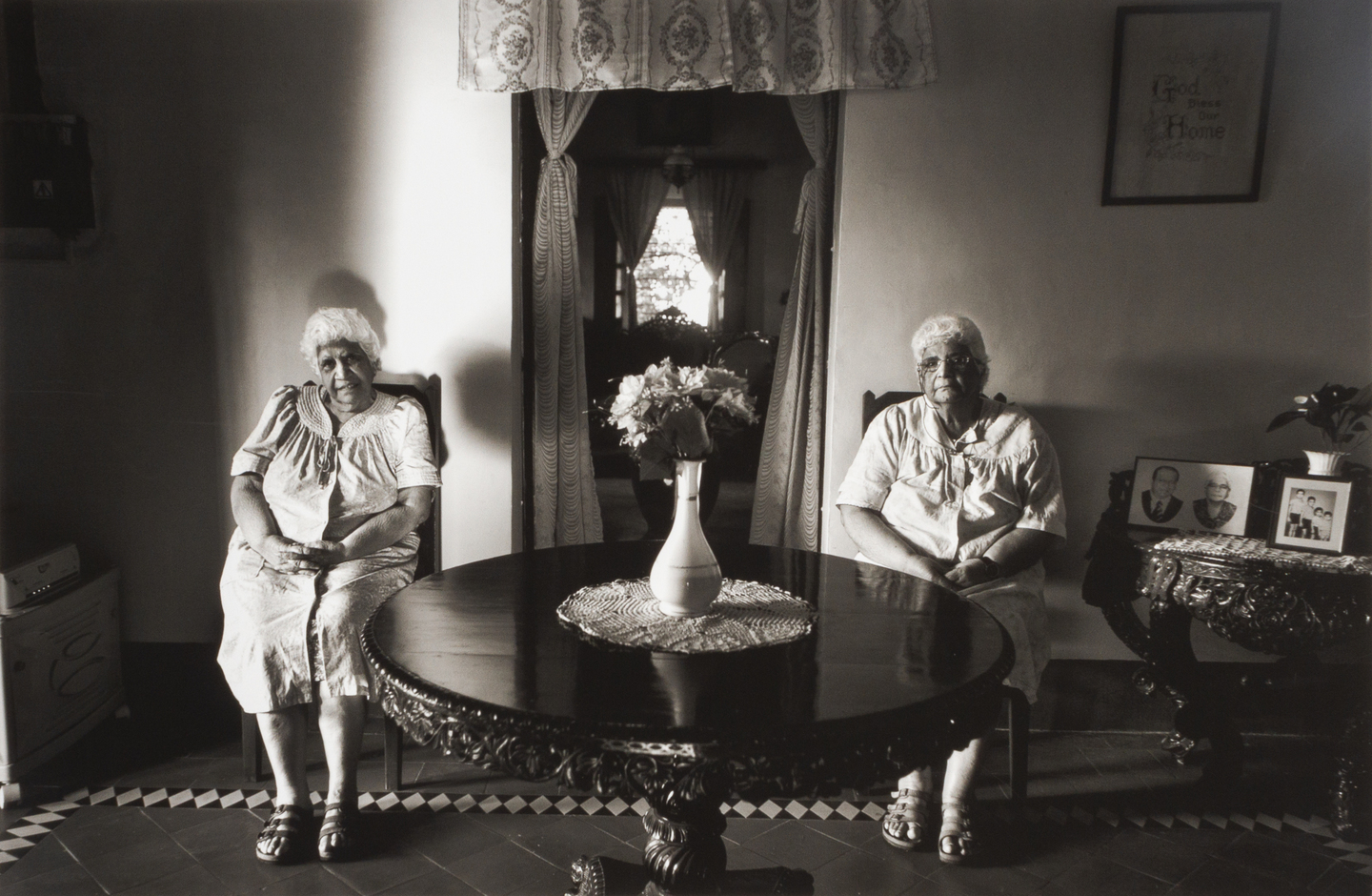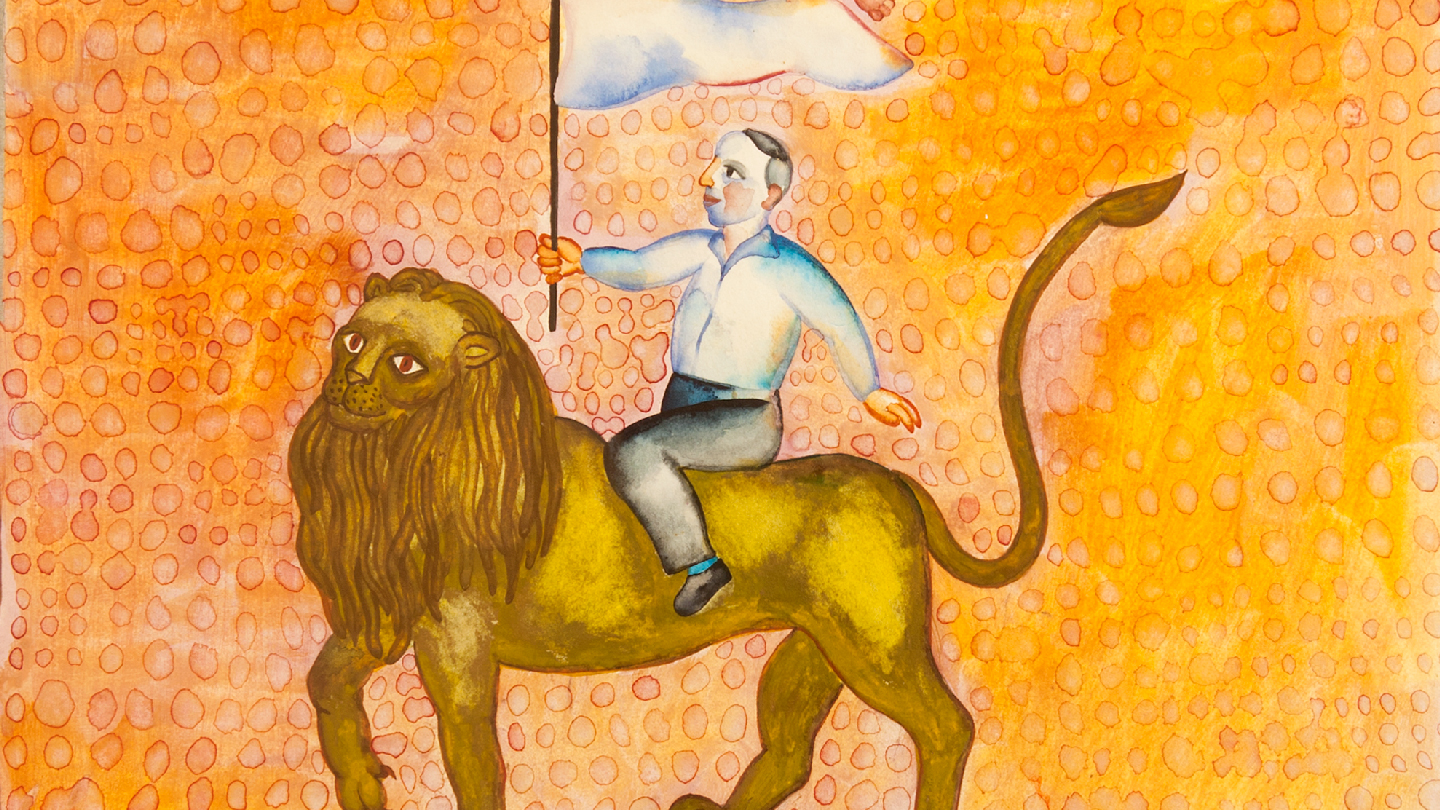Blogs
From Process to Thought
Prof. BN Goswamy
The poetry of bhakti saints — those “great integrators” as V. Raghavan calls them — one finds sometimes to be full of startling images. For bringing the high to the low is what they often went about doing, introducing mystifying paradoxes into the lives of the common man, finding everyday symbols for the Timeless.
One is familiar of course with some of the similes and analogies that seem to have been constantly floating, as it were, in the Indian air. From the times of the Upanishads onwards, things like the relationship of man to God, of body to soul, life to death, were expressed in images that were easy to dig out from everyone’s own awareness: thus, the Seed and the Tree, the Sea and the Rivers, the Spider and its Self-woven web, the Thread and the Gems, the River and the Boat, the Puppet and Puppeteer, the Dream, the Dance, and the Sport. Occasionally, however, the saint-poets departed from these classic norms, and brought in different images, even more earthy, more immediate, in some ways. Among the most fascinating are those that take off on the world of the crafts.
A sharp reminder of this came to me recently as I was going through again A.K. Ramanujan’s Speaking of Shiva, that finely done selection and translation of vachanas of some of the greatest Shaiva saints writing in Kannada. Consider these defiant words of Basavanna, almost iconoclastic in their ring, going back to the twelfth century:
“How can I feel right
about a god who eats up lacquer and melts,
who wilts when he sees fire?
How can I feel right
about gods you sell in your need,
and gods you bury for fear of thieves?
The lord of the meeting rivers,
self-born, one with himself,
he alone is the true god.”
One cannot go here into the philosophical system to which Basavanna belonged, or to the Virashaiva movement which he was spearheading, placing as it did emphasis upon the worship only of an aniconic representation of Shiva. Or, further, into the ongoing stealth of images from temples, and the burying of images in times of danger. But it is of interest to see that the imagery of “a god who eats up lacquer and melts/ who wilts when he sees fire,” Basavanna — devotee of Shiva in his form as “the lord of the meeting rivers” — has taken from the world of the makers of bronze icons that we know from the Chola period. For instance, this slender bronze sculpture from the Chola period, housed in the collection of the Museum of Art & Photography (MAP), Bengaluru, which depicts a standing figure of Goddess Kali, with four arms, each hand clasping onto a different object, such as the damru, or a trishul — motifs that are relevant to her iconography and that reference her connection to Lord Shiva. For it is in the process of bronze-casting, done in the lost-wax method, that the god will “eat up lacquer” or “wilt when he sees fire.”

Kali, 16th century, Tamil Nadu, South India, Bronze, H. 49 cm, W. 21 cm, D. 15 cm, SCU.00598
When the great Kabir uses imagery of the cosmic Warp and Weft — “jheeni jheeni beeni chadariya” [Fine, truly fine, is the Cloth that He has woven] — one is not surprised, considering that he came himself from the weaver community. But then suddenly he moves into the humble, earth-bound world of the potter. “Ek hi maati, ek kumhaara/ek sabhi lea sirjanhaara” [One is the earth, one the potter; of all and everything, one the Maker]. Again: “Kabira Hari-rasa yun piya, baki rahi na chhaak; paaka kalas kumhaar lea bahuri na charhibe chaak” [So deeply have I drunk of the nectar-name of Hari, that no room is left for anything else. How can a pitcher, once baked, get again on to the potter’s wheel?]. Or the more familiar, because so often recited: “Maati kahe kumhaar se, tu kya raunde moye/ik din aisa aayega main raundungi toye” [Says the earth to the potter: trample me all that you will. But the day is not far when it will be my turn to trample].
Nearer home, the dyer’s art is drawn upon in the great words of the Guru Granth Sahib, when the “rattarecholey” — garments dyed an auspicious red — of those that are close to the Lord are spoken of, or the mind of the true devotee is likened to cloth soaked in that unfailing colour, ‘majeeth’. In his classic work, the Panchadashi, the sage-like Vidyaranya bases an analogy, implicitly, upon the craft of the kalamkari painters. Before the mind receives a clear and enduring impression, he says, it has to be prepared, made to pass through different stages: [like the cloth on which painting is done, he seems to say,] it has first to be washed of impurities (dhauta), then ‘coloured’ (ranjita), then evened out and burnished (ghattita), and only then drawn upon (lanchhita).
There are other wonderful passages that one can of course draw upon. But the point is perhaps made with the help of these few. And, in these, even when much is lost in translation, the wisdom if not the poetry of the words comes through.
THE SPIDER AND THE WEB
I am tempted to cite here a vachana of Mahadeviyakka, the Kannada woman-saint. In translating it, Ramanujan truly catches the lilt of her words, and the pain.
“Like a silkworm weaving
Her house with love
From her marrow,
And dying In her body’s threads
Winding tight, round
And round I burn
Desiring what the heart desires.
Cut through, O lord,
My heart’s greed,
And show me
Your way out.”
The essay was originally published in The Tribune, Chandigarh and it is being reproduced here with the permission of Prof. BN Goswamy and The Tribune. This has now been adapted to feature an artwork from MAP, and thus slightly modified. The part that has been added to the essay is in italics, (to make it relevant to the image from MAP).
Prof. BN Goswamy is an Indian art historian and critic, best known for his scholarship on Indian miniature paintings, particularly Pahari painting, and is the author of over twenty books on arts and culture.








